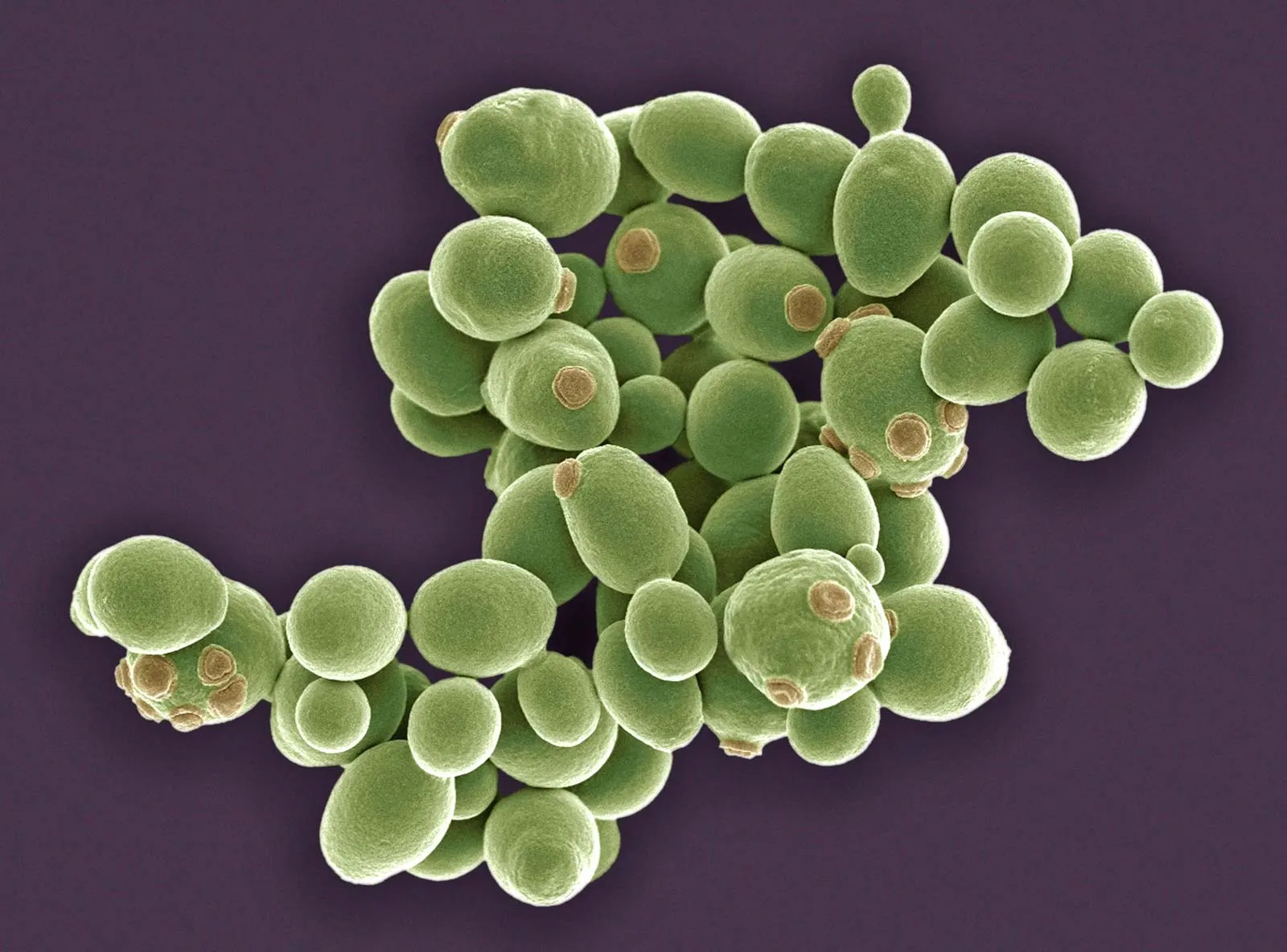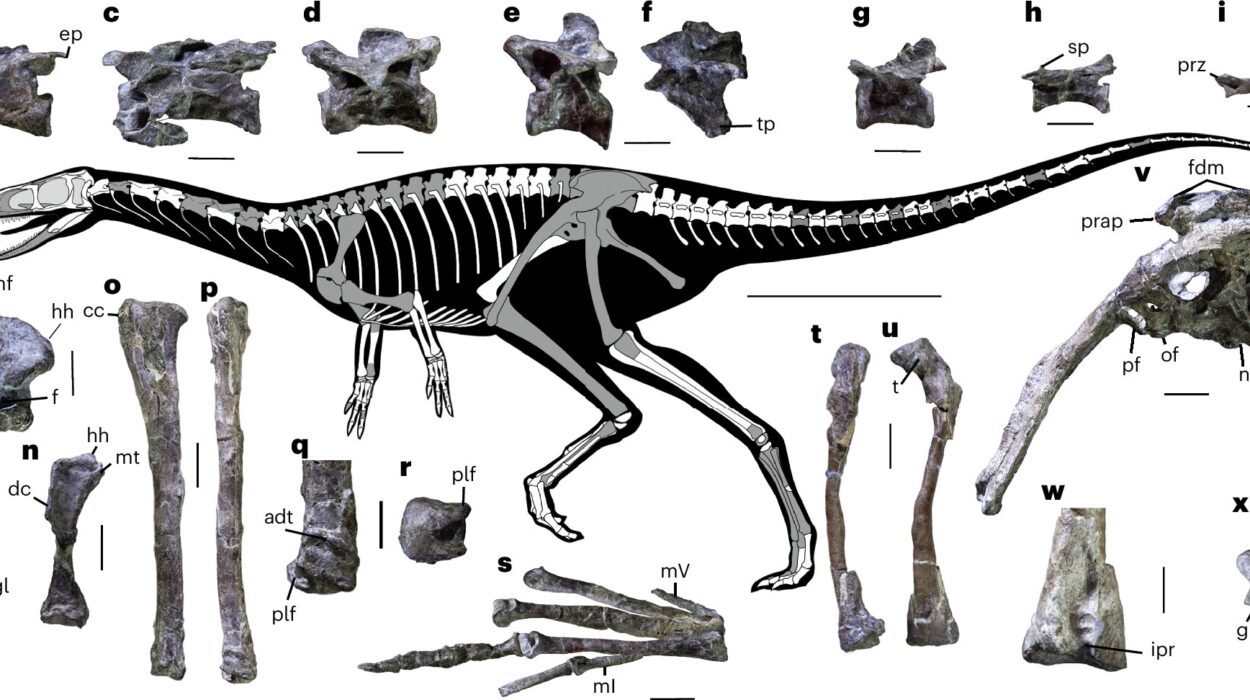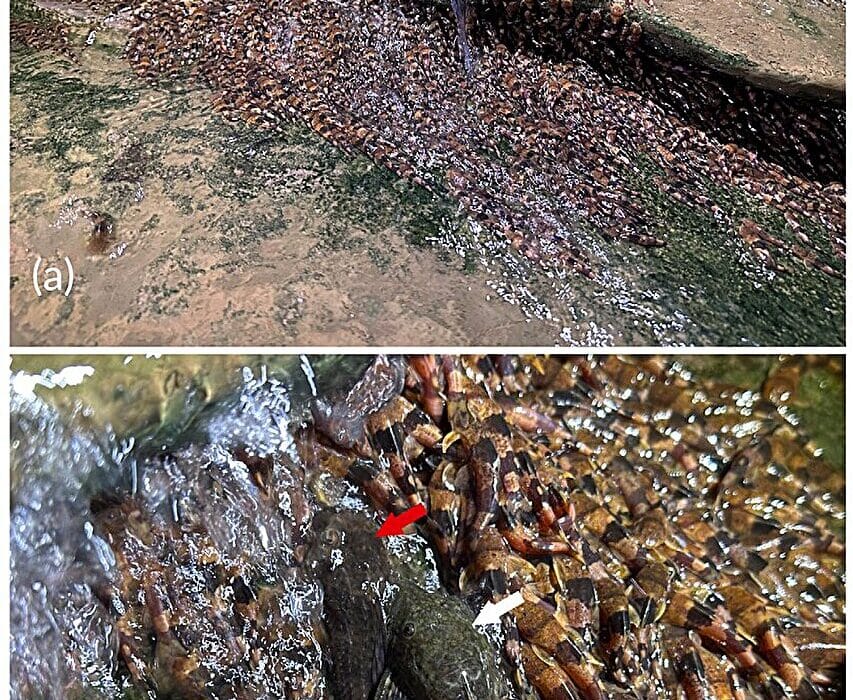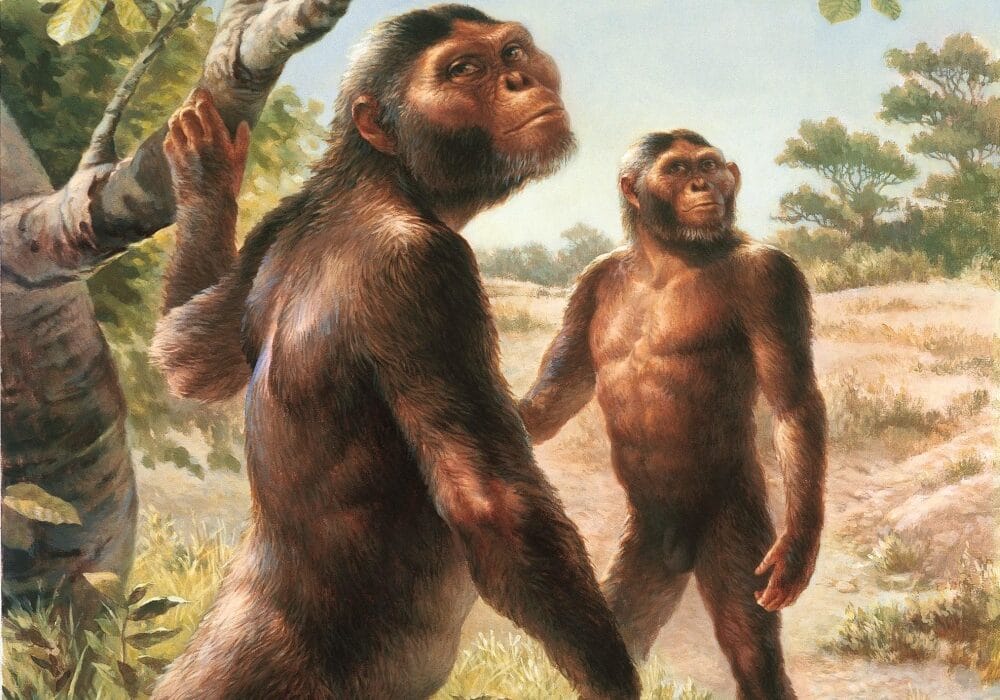In the quiet corners of nature, within the skin of a grape or the surface of a leaf, lives a kingdom of tiny organisms that have transformed human history more than we often recognize. These beings are yeasts—microscopic fungi that are neither plant nor animal but wield a power so immense it helped spark civilization, revolutionized medicine, and today drives cutting-edge biotechnology. Though they are invisible to the naked eye, yeasts have always been part of our story. They are the silent partners in bread rising, beer bubbling, and wine aging, and yet their role extends far beyond food and drink.
Understanding yeasts means peering into the lives of some of the most efficient chemical workers on Earth—organisms that can convert sugar into alcohol, carbon dioxide, and a plethora of valuable compounds. It means exploring their elegant biology, their diversity, and the ways in which humans have shaped their destiny, just as they have shaped ours. This is the story of yeast: from humble microbe to industrial marvel.
What Is a Yeast?
Yeasts are single-celled fungi, members of the kingdom Fungi, but they differ from their multicellular cousins like mushrooms and molds in that they exist as individual cells. Their defining characteristic is their mode of reproduction—most commonly budding, though some reproduce through fission, similar to bacteria. Under a microscope, yeasts appear as oval or round cells, each ranging from 3 to 40 micrometers in diameter, depending on the species.
The most famous species of yeast is Saccharomyces cerevisiae, known affectionately as “baker’s yeast” or “brewer’s yeast.” This species has been a companion to humanity for thousands of years and remains a cornerstone of both traditional food production and modern biotechnology.
Yeasts are eukaryotic, meaning their cells contain a nucleus and organelles, distinguishing them from simpler prokaryotes like bacteria. This internal complexity makes yeasts particularly useful as model organisms in research, offering insights into everything from genetics to disease.
While many people associate yeast only with bread or alcohol, the truth is that there are over 1,500 known species of yeast, inhabiting soil, water, plants, animals, and even extreme environments like hydrothermal vents and polar ice. Each species has unique metabolic abilities, and many have potential applications in industry, medicine, and environmental science.
The Biology Behind the Magic
To truly appreciate yeast, one must first understand how it works. Yeasts feed primarily on sugars, metabolizing them through fermentation or aerobic respiration depending on the availability of oxygen.
When oxygen is scarce, yeasts shift into fermentation mode. In this process, they convert glucose (a sugar) into ethanol (alcohol) and carbon dioxide. This metabolic pathway is ancient, efficient, and, for humans, extremely useful. The alcohol can preserve liquids or intoxicate drinkers, while the carbon dioxide can leaven bread or carbonate beverages.
When oxygen is present, yeasts prefer a more energy-efficient route: aerobic respiration, in which glucose is broken down completely into carbon dioxide and water, releasing more energy in the form of ATP. This flexibility gives yeasts a survival advantage and allows them to thrive in a variety of conditions, from the sugary must of grapes to the doughy mass of rising bread.
Beyond their sugar metabolism, yeasts also synthesize vitamins, amino acids, and fatty acids. They respond to environmental stress, adapt to different pH levels, and can even switch between sexual and asexual reproduction—a remarkable set of capabilities packed into such a tiny form.
Yeasts and the Birth of Civilization
The story of yeast is also the story of humanity’s rise. The earliest records of yeast use date back to ancient Egypt and Mesopotamia, where our ancestors discovered, perhaps accidentally, that mixtures of crushed grains and water would sometimes bubble and expand. When baked, the result was light, airy bread—far more palatable than flat, dense cakes.
Around the same time, early humans learned to ferment fruit or grains into alcoholic beverages. Archaeological evidence suggests that people were brewing beer and making wine over 7,000 years ago. In both cases, wild yeasts likely found their way into these early foodstuffs from the environment—clinging to the skins of fruits or the husks of grain.
What followed was a co-evolutionary dance. People began selecting for the best-performing yeast strains, perhaps unknowingly at first, and over centuries, yeast domestication took root. Today, the strains used in baking, brewing, and winemaking are finely tuned organisms, bred for specific flavors, fermentation rates, and resistance to stress.
Yeasts became central to religious rituals, social gatherings, and economies. In many cultures, bread and wine held sacred status, seen as gifts from the gods. The science of fermentation, though not understood in modern terms until the 19th century, was revered as a kind of sacred alchemy.
The Science of Fermentation Comes of Age
Despite centuries of use, the true nature of fermentation remained a mystery until the 1800s. Many believed that fermentation was a chemical process, not a biological one. That changed when French chemist and microbiologist Louis Pasteur studied the fermentation of grape juice and discovered that living yeasts were responsible for converting sugars into alcohol. Pasteur’s work not only confirmed that yeast was a living organism but also led to the development of pasteurization—a process still used today to preserve food and beverages by eliminating harmful microbes.
Pasteur’s discoveries revolutionized microbiology and paved the way for the modern biotechnology industry. By isolating and cultivating pure yeast strains, brewers and bakers could gain consistency and control over their products. The fermentation process was no longer a mystery; it was a science.
Bread: The Staff of Life
One of the most familiar applications of yeast is in bread-making. When yeast is added to flour and water, it begins to consume the sugars in the dough and releases carbon dioxide gas as a byproduct. These gas bubbles become trapped in the dough’s gluten network, causing it to expand and rise. The result is a loaf with a light, airy texture and distinctive flavor.
Different strains of yeast are used to achieve specific results. Sourdough bread, for example, relies on wild yeast and lactic acid bacteria working together in a symbiotic culture, creating a tangy, complex flavor profile. Commercial bread production often uses rapid-rising yeast strains optimized for speed and volume.
Beyond flavor and texture, yeasts also contribute to the nutritional value of bread. They synthesize B vitamins and break down complex carbohydrates into simpler sugars, making the final product easier to digest.
Brewing: A Marriage of Art and Biology
In brewing, yeast is more than just a worker—it is an artist. The transformation of grains into beer is a carefully orchestrated sequence of biochemical events, with yeast playing the lead role. After the grain is malted and mashed to release sugars, the liquid wort is boiled and cooled. Then yeast is introduced, beginning the fermentation process.
Different types of yeast produce different styles of beer. Ale yeasts (top-fermenting) and lager yeasts (bottom-fermenting) are the two primary categories, each contributing distinct flavors, aromas, and alcohol levels. Some yeasts produce fruity esters or spicy phenols, while others yield clean, crisp profiles. Brewers have learned to harness these traits to create a staggering diversity of beer styles, from stouts to saisons.
Control over fermentation temperature, oxygen levels, and sugar content allows modern brewers to tailor the final product with precision. Yeast is not just an ingredient—it is a dynamic partner in the creation of flavor.
Winemaking: The Grapes’ Second Life
In winemaking, yeast performs another ancient miracle: turning grape juice into wine. The natural sugars in grapes—glucose and fructose—are converted by yeast into ethanol, carbon dioxide, and a bouquet of secondary compounds that influence aroma, taste, and texture.
Traditional winemakers often rely on wild yeast fermentations, allowing native strains on the grape skins and in the winery environment to shape the wine’s character. This can lead to unpredictable but often exciting results, rich in terroir—the unique qualities of a specific place.
In contrast, commercial wineries may use carefully selected yeast strains to ensure reliability and consistency. These strains are chosen for their ability to tolerate high alcohol levels, enhance certain flavor notes, or ferment rapidly under specific conditions.
Modern oenology—the science of winemaking—has made it possible to fine-tune every aspect of fermentation, from temperature control to malolactic fermentation (a secondary fermentation involving bacteria). Yet even in the most high-tech facilities, yeast remains the vital force that breathes life into the wine.
Bioethanol: Fueling the Future
Beyond food and drink, yeast plays a key role in biofuel production, particularly in the creation of bioethanol—a renewable alternative to gasoline. Using yeast to ferment sugars from corn, sugarcane, or cellulosic biomass, bioethanol can be produced on a massive scale.
The appeal of yeast-based bioethanol lies in its sustainability. Unlike fossil fuels, which release ancient carbon into the atmosphere, bioethanol recycles carbon already present in the ecosystem. While the environmental impact depends on how the feedstocks are grown and processed, yeast fermentation remains at the heart of green energy technologies.
Advances in metabolic engineering have led to genetically modified yeast strains capable of fermenting not only glucose but also other sugars like xylose, expanding the range of materials that can be used as feedstocks. These engineered yeasts are helping to make bioethanol more efficient and cost-effective, inching us closer to a future less dependent on petroleum.
Pharmaceuticals and Nutraceuticals
Yeast’s contributions to health extend far beyond fermentation. Saccharomyces cerevisiae and related species have been used as hosts for producing pharmaceuticals such as insulin, hepatitis B vaccine, and therapeutic enzymes. By inserting human or animal genes into yeast cells, scientists can program them to produce complex proteins with medical applications.
The advantages of yeast-based production include rapid growth, scalability, and the ability to perform certain eukaryotic post-translational modifications—chemical changes necessary for protein function.
In the field of nutraceuticals, yeast is used to produce beta-glucans, selenium-enriched supplements, and vitamin B-complex formulations. Nutritional yeast—deactivated yeast with a cheesy, umami flavor—is popular among vegans and health-conscious consumers for its high protein and vitamin content.
Yeast in Biotechnology and Synthetic Biology
As tools of genetic engineering have advanced, yeast has emerged as a superstar in biotechnology and synthetic biology. It is often the first choice for expressing recombinant proteins or building synthetic metabolic pathways.
One of the most ambitious achievements in this field was the creation of synthetic yeast chromosomes. In 2014, researchers successfully synthesized and inserted an entire chromosome into Saccharomyces cerevisiae, paving the way for designer yeasts capable of producing biofuels, pharmaceuticals, and even novel materials.
Yeasts have also been engineered to produce cannabinoids, opioids, fragrances, and even spider silk. This work involves reprogramming their DNA to include genes from other organisms, allowing them to manufacture compounds they never evolved to make.
Such advances are not just technical feats—they raise ethical and environmental questions about how we harness nature for human purposes. Yet they also hold the promise of sustainable, scalable solutions to some of our most pressing challenges.
Challenges and Future Frontiers
Despite its many advantages, the use of yeast in industry comes with challenges. Contamination, strain instability, and stress from industrial-scale fermentation can all reduce efficiency. Understanding and improving yeast tolerance to high temperatures, alcohol levels, and toxic byproducts is a major focus of research.
Climate change and resource scarcity also push scientists to explore more robust, diverse yeasts—perhaps those from extreme environments or engineered hybrids that combine the best traits of multiple species.
The frontier of yeast research lies in the unknown: the thousands of yeast species yet to be explored, the synthetic genomes yet to be assembled, and the complex biological networks yet to be understood. Yeast, though ancient and familiar, remains a source of endless discovery.
A Tiny Giant of Civilization
Yeasts are humble, unassuming creatures. They do not roar or sting or tower over landscapes. They drift invisibly through the air, cling to leaves, and wait patiently in jars and vats. Yet their impact on human life is enormous.
They have fed us, warmed us, healed us, and now promise to power our future. They are both relics of the deep past and architects of what is yet to come. In laboratories and kitchens, breweries and bioreactors, yeasts continue to do what they have always done—transform the ordinary into the extraordinary.
In a universe of giants, we must never forget the power of the small. Yeasts are proof that life’s miracles often come in the most unexpected packages, and that even the tiniest organism can help shape the destiny of a species.






